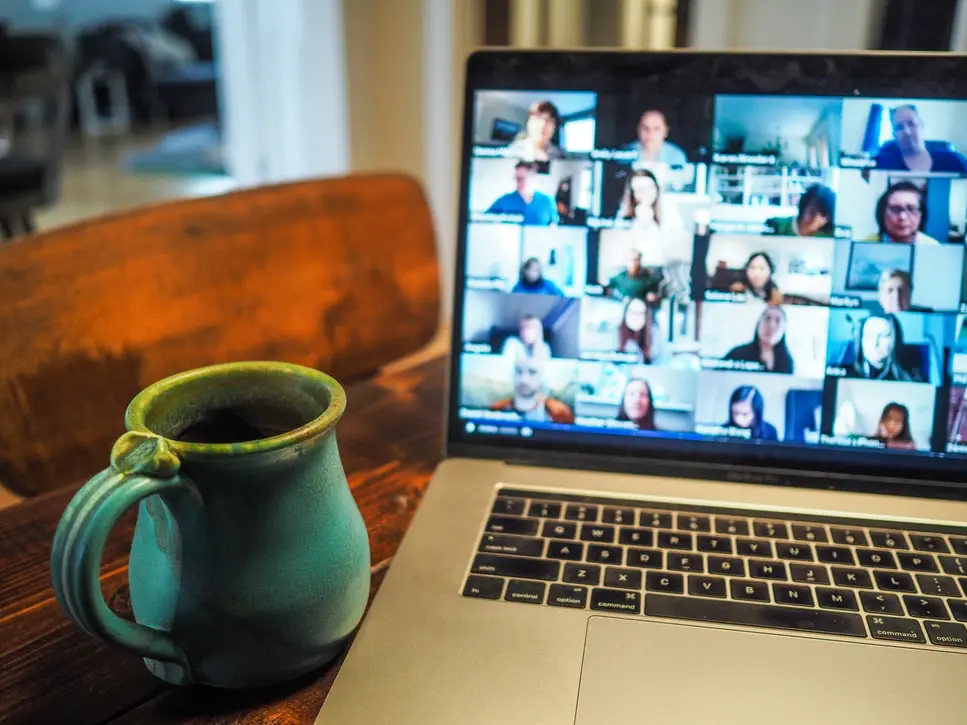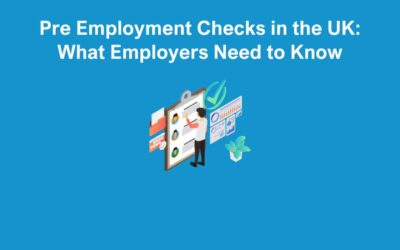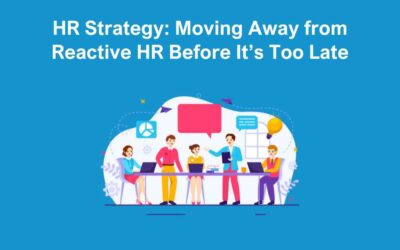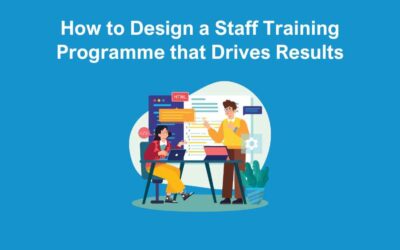We’re now seeing more of our clients learning how to onboard new staff remotely, and we’ve gone through this too in the last 5 months. I read an article last week that businesses with a good on-boarding process will improve new hire retention by 82%. It’s therefore vital that you get this right, even when doing so remotely.
Remote working or work from anywhere does open up the talent pool, but will you allow this to continue once restrictions are lifted? Not doing so will cause problems down the track.
It’s important you plan your recruitment and on-boarding process and we’re seeing a couple of clients really think about this as they plan to scale this year. Some good suggestions include a mentoring/buddy programme, and it’s important to think about the people you want in this role and offer support. These should be ambassadors for your business and really demonstrate your company values.
The Interview Stage
At the interview stage, can you involve team members who can talk more about the culture and this gives the candidate a better experience?
Communication during the first few weeks is vital. Use technology for company documents and this is something the mentor can support, and regular video calls (with camera on) will really help. Regular team meetings are also important – in our own team we do a daily huddle to try and catch up on key successes/challenges that day and our weekly meeting is a lot more in depth. When you’re in the same office you can pick up on conversations, so it’s important to try and replicate this as best you can.
You should also try and put yourself in your candidate’s or new starter’s shoes. How would you feel if you weren’t introduced or made to feel welcome? We’ve encouraged clients to send Welcome Cards or a small gift to new hires before they start, and we use this approach in our own business which I know the team appreciate.
If your new hire is on a long notice period before joining you, keep in touch. They might be apprehensive and wondering if they’ve done the right thing – keeping in touch resolves this and the Welcome Card reinforces they’ve done the right thing.
Remember to have all their equipment and IT set up before they start. There is nothing worse than on the first day this not working or kit available. It’s better to delay the start date by a few days and get this right.
And finally, seek feedback – ask what worked well and what could be improved next time. If you would like to learn how to onboard new staff remotely, contact us on our website now.







